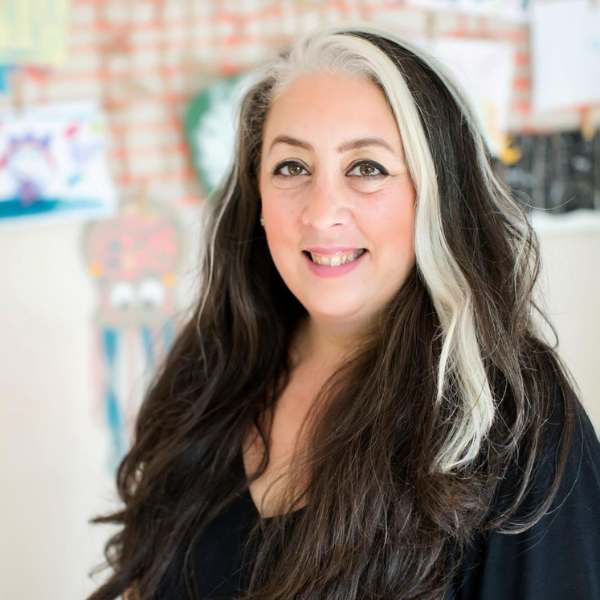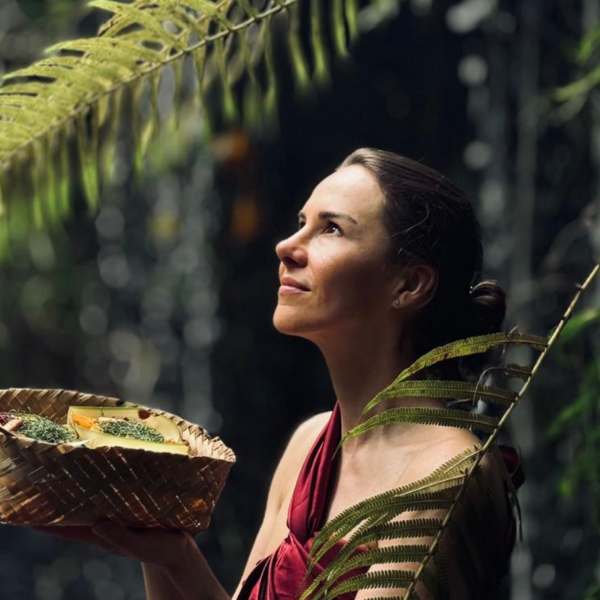Adnan Aydın was born on October 22, 1982, in the Gölcük district of Kocaeli. He completed his primary education in Gölcük as well. After the earthquake, he moved away from his hometown. Since childhood, he has been passionate about music, adding technical and educational expertise to his skills. He has worked as a Sound Engineer, Sound Designer, Vocal Coach, and Editor on projects for Netflix, Amazon, Disney, Sony, Paramount Pictures, DreamWorks, and TRT.
Nana T. Gül graduated from Istanbul University with a degree in Spanish Language and Literature, and then decided to pursue a career in education. She made the decision to share her passion for language learning with others by founding her own "Spanish Club."
At 30 years old, Nana teaches at private schools and also provides individual training. She is particularly known for her effective use of songs and games in teaching languages to children, and she focuses on maximizing each student's potential.
Having been a teacher for 8 years, Nana continues her work with great dedication and passion. She always employs innovative and creative methods to make learning enjoyable for her students and ensure their success.
Born in Istanbul in 1981, Zerrin Keşoğlugil Tavukçuoğlu began her translation career while studying at Kadir Has University in the American Culture and Literature department. In 2009, she continued her career by translating illustrated books for Pearson Education.
In 2003, she met Montessori during a trip to Italy and took Montessori training, which led her to teach and consult as an English teacher in kindergartens.
In 2010, she founded the Hokus Pokus Children’s Workshop, where she started conducting English and Turkish playgroups and workshop activities. During this period, she received training in Orff, creative drama, STEM, storytelling, and creative writing, designing and implementing innovative workshops. Over the past 14 years, she has led workshops for many corporate firms, various schools, and mother-child venues. Zerrin is actively continuing her workshop and playgroup activities at the Hokus Pokus Children’s Workshop in Istanbul and writing stories for applications developed for children. Her first illustrated book will be published soon.
Born in Gallipoli in 1985. Graduated from preschool teaching department. Completed her master's degree in Educational Administration and Supervision. Received leadership training. Participated in many seminars about preschool. Loves reading books and music. Enjoys traveling and discovering new places. Writes children's stories and baby books. 10 stories she wrote for kindergarten children were published as giant stories. She also wrote and composed a lullaby for her book "Uyku" and sang it herself. She loves children very much and cares about them having a happy childhood. She likes to be cheerful and positive. She believes that smiling is magical. Mother of 2. Lives in Istanbul with her family.
Sylwia Regulska Guney is a mom to Bartu and a wellness entrepreneur with a passion for social impact projects. As the founder of Budizzz, she helps families improve their sleep routines. Sylwia is a Certified Conscious Parenting Coach trained by Dr. Shefali Tsabary and a student of Magdalena Wiatrowska from Institut Family Power. She believes that a good life starts with good sleep and a little bit of mindfulness—this is the secret sauce for happy families. You can often meet her early in the morning in the forest, walking with her dogs and catching early sunrays to set up her circadian rhythm. 😊
Dr. Eda Uslu is a medical doctor specializing in Chest Diseases and Sleep Disorders. She has been organizing programs for parents, children, young people, company employees, and entrepreneurs in many parts of the world for over 10 years on how to be friends with stress, manage emotions skillfully, be in harmony with values and life purpose, and live life with joy. Dr. Eda Uslu, an accredited professional coach and mindfulness leader, enjoys working with thousands of people between the ages of 5-95 with scientific, simple, easy-to-apply-in-daily-life and fun methods through her live and digital programs and e-books, as well as her lectures at universities.





